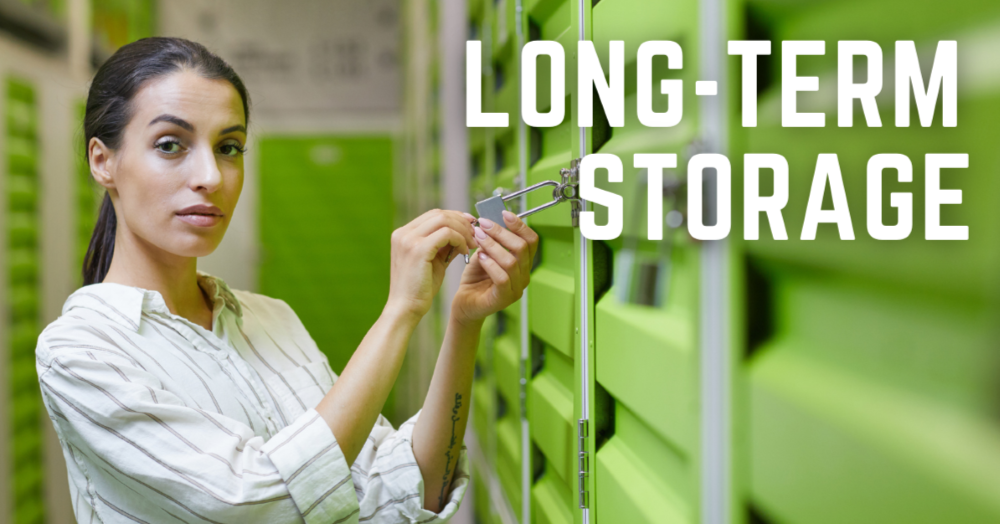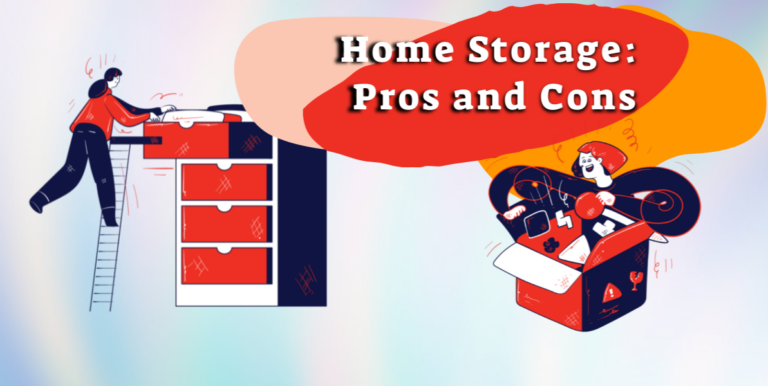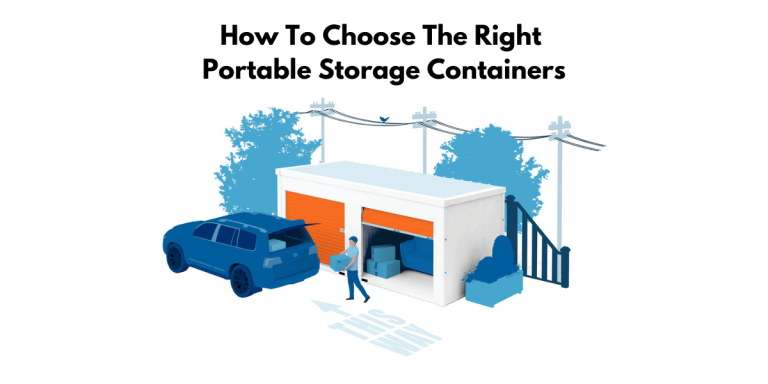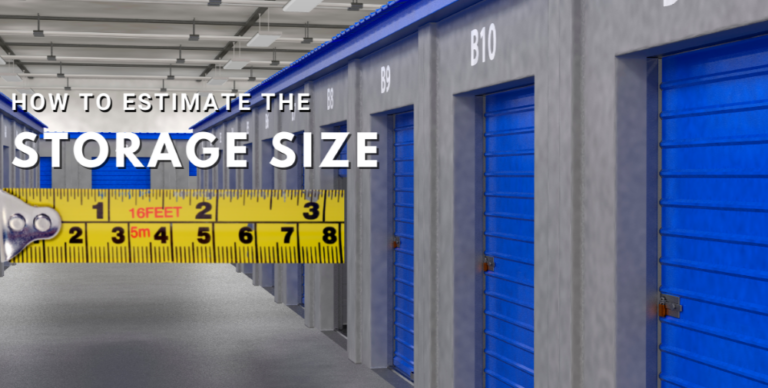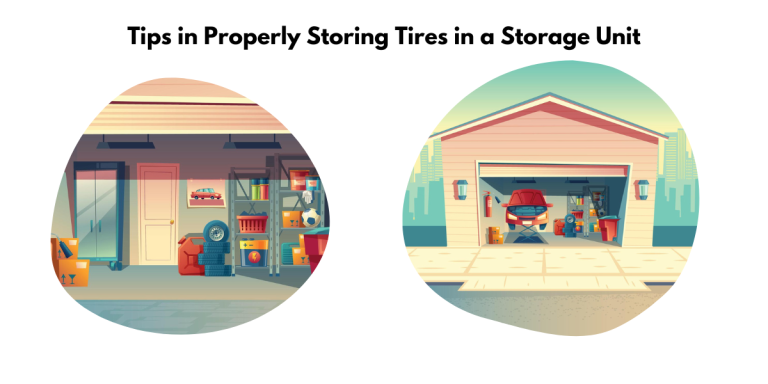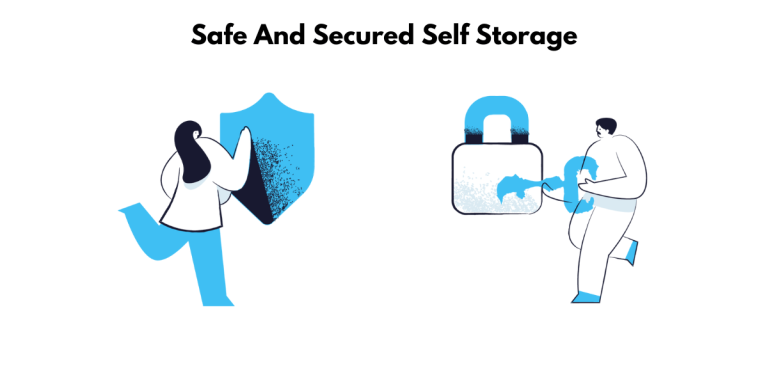6 Packing Tips for Temporary Storage While You’re Travelling
Tips for Temporary Storage While You’re Travelling
There are numerous possible scenarios for why people are looking to store their things temporarily.
Sometimes, people pack up their entire lives for various reasons like deployment, short-term travel, or living abroad for some time.
Sadly, figuring out what to do with your things while you are away from home for some time can be taxing.
Regardless if you are headed on a backpacking trip across Europe or an American adventure in your RV, troubling yourself with worries about safe storage for your stuff is the last thing you want to do.
Depending on your situation, it is possible to do away with your residence and store all your stuff in a storage unit.
There are numerous advantages to renting safe storage units to keep your belongings secured for a long time.
Attaining peace of mind and saving money are the two key benefits of having personal storage.
1. Estimate the number of items you need to store
Before you decide what to do with your items while you are away, consider your requirements.
Will a small storage unit suffice to house everything you need to store? Would you rather pay for bigger storage or your apartment’s monthly rent?
There are different sizes of storage units to cater to different needs.
Ensure you get the right size storage unit to avoid paying for more than you need.
Step-by-step instructions to estimate the number of items needed for a temporary storage solution:
- Take inventory of the items you will be storing and determine the size and shape of any boxes and other items you’ll be keeping in the storage unit.
- Consider how you plan to store the items (i.e., all shoved into one place or organized so you can access things as needed).
- Choose the right size unit based on the inventory and your storage needs. Storage facilities offer a range of unit sizes, and you’ll want to know how much space you’ll need so that you don’t rent a unit that’s either too small or too large.
- If you’re using small storage containers, consider the size and shape of the items to determine which container size is right for you. PODS, for example, offers storage containers for rent in 8-, 12- and 16-ft. sizes.
- Gather the necessary storage supplies to keep your stuff organized and safe.

2. Pack your items suitable for temporary storage
Packing and moving your stuff properly ensures they are well secured while you are away.
Packaging your things carefully may sound like a generic tip, but it is of the utmost importance.
Ensure breakable items are packed well and all boxes are correctly stacked.
Keep everything off the floor as much as possible.
Haphazardly storing your stuff, even temporarily, will result in avoidable stress and irreversible damage.
3. Get a climate-controlled safe storage unit if needed
Climate-controlled storage units are a safer choice for temporary storage because they provide temperature and humidity control, which is especially important during extreme heat or cold periods.
This helps protect items from damage due to extreme temperatures, dampness, or humidity.
Additionally, by storing items on-site in a temporary storage building, you avoid the inconvenience of having to drive back and forth to an off-site storage unit and can have peace of mind knowing that your items are secure, right on your property.
Here are some of the benefits of climate-controlled storage units:
- Temperature control: A climate-controlled storage unit can protect your belongings from extreme heat or cold, preventing damage.
- Humidity control: Protecting items with climate-controlled storage can be critical for items particularly susceptible to moisture.
- Security: You own the lock and key, so you control any access.
- Flexibility: Many storage companies offer month-to-month contracts, so you can easily get out whenever possible.
- Protection: Your container is sturdy and weather-resistant, safeguarding your belongings from the elements.
- Discounts: Look for referral and sign-on deals on the company website or call customer service.
- Safe furniture storage: Climate-controlled units are your best choice for storing furniture, as they protect it from heat, humidity, and freezing temps.
- Storage in transit: Storage in transit (SIT) is a good option for storing items temporarily in between moves.
- Waterproof: Rental storage containers are typically waterproof.
4. Prepare moving and storage insurance
Travel and storage insurance is an essential form of coverage for those traveling or storing valuable items for long periods.
It is designed to protect travelers, businesses, and items that require additional protection from potential damages or losses.
Travel and storage insurance can cover various items and services, from business trips to shipping packages.
It can also cover sudden cancellations, medical expenses, and other unexpected costs.
This kind of protection can provide peace of mind and financial security in an unforeseen situation.
Furthermore, it is important to pay attention to the details of any policy, as certain policies may not provide coverage for certain items or services.
For example, builders’ risk policies often have different coverage for temporary storage containers, and it is important to evaluate the scope of coverage provided.
Additionally, when looking for a self-storage facility, be sure to look for one that offers the highest security measures, including the following:
- on-site property managers
- 24-hour security camera surveillance
- individually alarmed units
- gates with coded access
- pest control

5. Have someone check the contents of your safe storage unit periodically
It is unnecessary, but you can appoint someone you know to drop by the storage unit to check on your items at your behest.
They can also ship out an item stored in your safe storage to you should you suddenly need it.
This person will also be responsible for responding to any issues that must be promptly addressed.
This is especially important if you will store a car for over a month.
If the car is up and running, taking it for a spin now and then will help avoid unnecessary damage from being idle for a lengthy period.
6. Set up autopay
Autopay is a convenient payment option allowing you to pay for your storage unit and at-home storage services automatically.
With autopay, you don’t have to worry about manually making payments each month, as your payments are automatically deducted from your bank account.
Autopay is a great way to ensure your storage unit is always paid for on time.
The best way to prepare furniture for storage
Whether you need somewhere to keep your belongings between moving dates or you’re doing a home renovation project and need to clear out a couple of rooms during construction, many self-storage facilities offer the perfect solution.
Here are some tips to make sure your belongings are well prepared for temporary storage:
Make sure everything is completely clean
Keep your furniture preserved by only storing clean items in your garage or self-storage unit.
Cleaning everything before storing them will lessen the chance of dust and mold accumulating.
It will also prevent the pungent smell from sticking to your items.
Before storing furniture, it is important to clean it properly.
Here are the steps to do so:
- Vacuum the furniture to remove dust, dirt, and debris.
- Use a mild soap, such as a non-abrasive all-purpose cleaner, to remove surface dirt.
- Wipe down the furniture with a damp cloth.
- Allow the furniture to dry completely.
- Use a soft paintbrush to dust any hard-to-reach areas.
- Cover the furniture with a non-abrasive cloth or protective sheet to avoid dust and dirt accumulation while in storage.
- Ensure the furniture is securely stored in a dry, secure space. These can be portable storage containers for rent, a warehouse, or a friend or family member’s home.
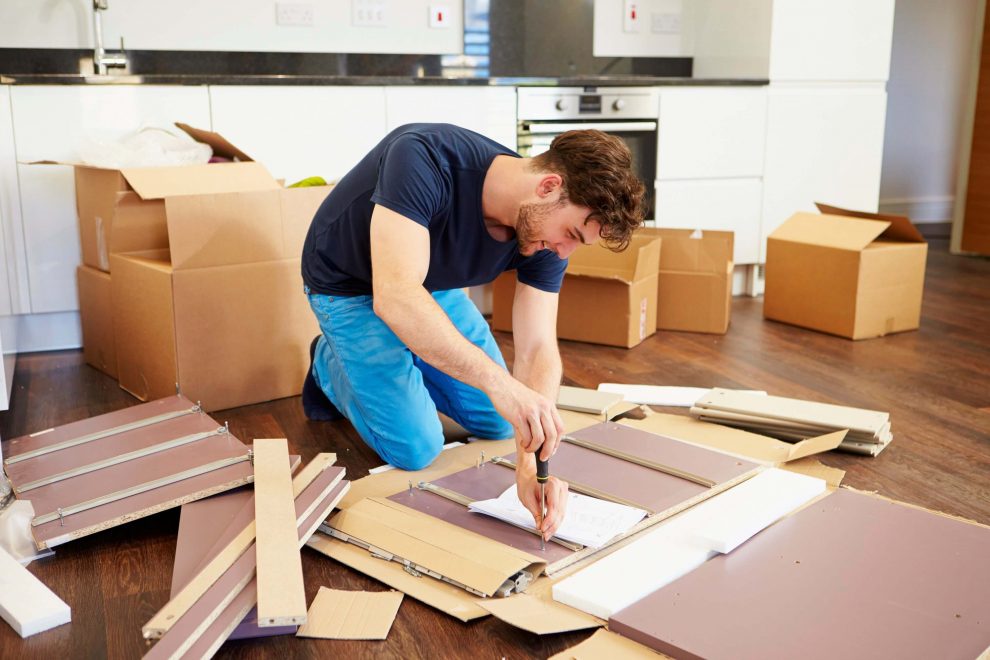
Disassemble everything
Before relocating furniture, take everything apart as much as possible.
This includes bookshelves, chairs, tables, desks, and more.
This extra precautionary measure will make your moving truck, and eventually your self-storage unit or garage, more convenient to pack.
Not to mention how it will lessen the chance of your belongings scratching or breaking in the move process.
For a stress-free process, here’s a step-by-step guide to safely disassembling furniture for storage:
- Gather the necessary tools. Depending on the type of furniture you’re dealing with, you may need a screwdriver, wrench, hammer, or wrench set.
- Unscrew any parts of the furniture which are held together with screws. Keeping the screws in a safe place, like a pouch or container, can save you time when you reassemble the furniture.
- Carefully remove any fabric, such as upholstery or cushions, from the pieces of furniture. Placing any fabric onto the furniture and securing it with tape will help protect it while in storage.
- Take apart the pieces of furniture as carefully as possible. You may need a hammer or wrench to loosen any stubborn parts which won’t move.
- If the furniture comes with legs or shelves, you may want to separate these and store them away from the main body of the furniture. Wrap these pieces in bubble wrap to keep them safe and damage-free.
Following these steps, you can easily disassemble furniture for storage, keeping your valuable heirlooms safe and secure.
Keep everything off the floor
If you are storing your things in a storage space with no climate control feature, do not place your furniture or anything that you do not want to be ruined directly on the floor.
You can use cinder blocks or pallets to raise them slightly as a precaution against flooding.
If you don’t have any cinder blocks or pallets, you can settle with a drop cloth or cardboard.
What do you do about your car while you’re away?
You may wonder what to do about your car if you’re away from home and need a short-term storage unit.
With an outdoor storage unit, you can easily keep your car in your driveway, allowing easy access to your belongings as needed.
If you need access to your belongings regularly, you may want to look for a short-term storage unit allowing drive-up storage access to easily load and unload your container.
Alternatively, you can ask your friends and family to temporarily store some of your belongings in their homes or property.
Whatever you decide, just make sure you honor their timeline.
Here are some steps you should take to prepare your car for storage:
- Select the appropriate storage supplies for your container size.
- Assemble the structure on a flat, level surface with sufficient drainage.
- Anchor the structure to maintain its wind and snow ratings.
- Secure the fabric to reduce the chances of tearing.
- Wash the cover with mild soap and water.
- Perform a pre-season inspection and fix any problems.
- Keep debris and snow off the roof.
- Store the car in a short-term storage facility.
- The Clutter Hoarding Scale: Assessing the Severity of Your Problem - October 28, 2022
- Self-Storage Facilities FAQ – Answers to the most common questions about storage units - December 2, 2021
- Home Storage: The Perks and Hidden Risks of Storing Things at Home - November 11, 2021

